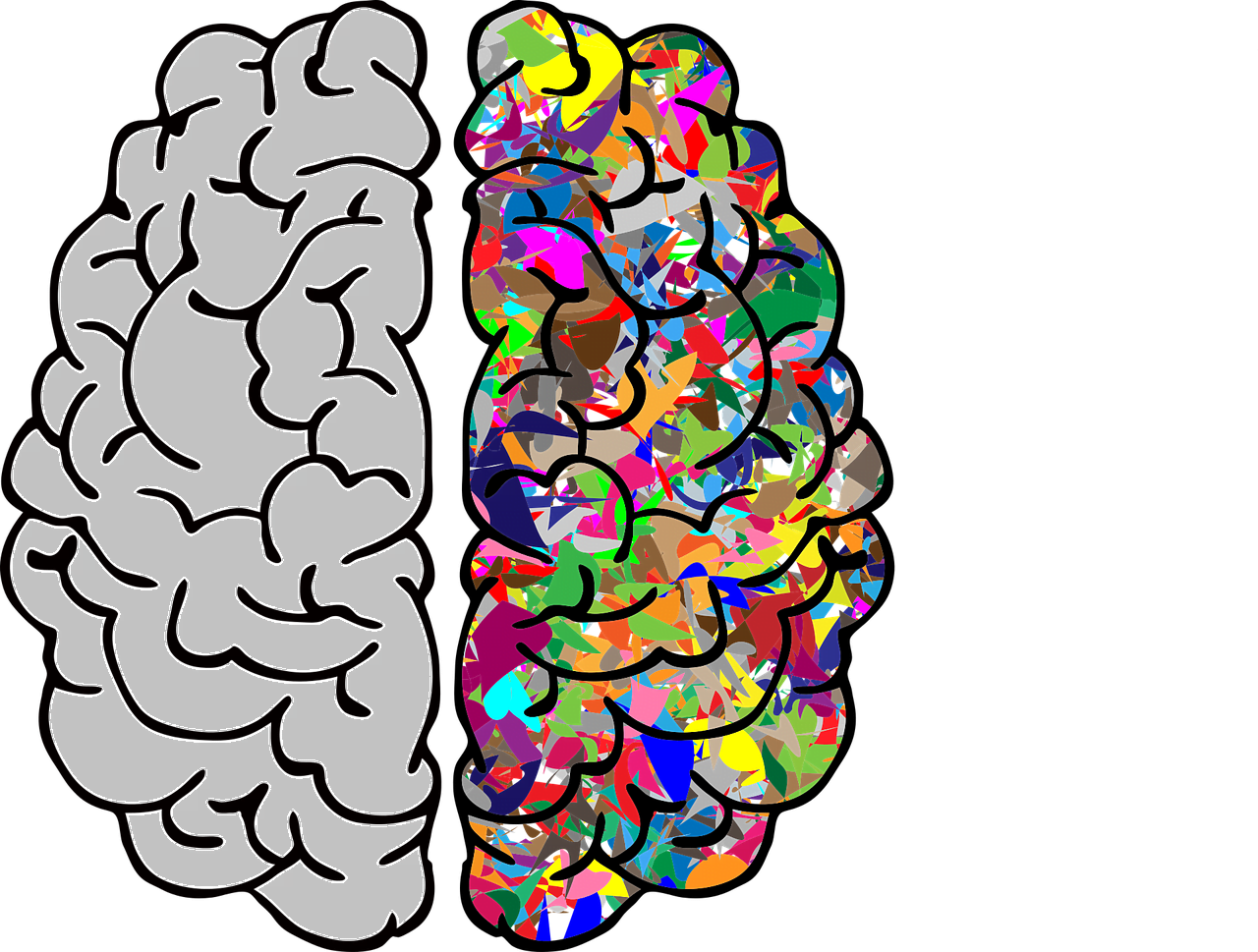Games and sports have always been popular. Especially once video games were invented. One of the first video games invented was Pong in 1972, which was based on table tennis. It’s viewed as the most iconic computer video game that paved the way for the video game revolution.
Now, video gaming is a 90 billion dollar industry that has expanded past just computers. Gaming consoles and mobile phones have drastically expanded the business. The internet has made it possible for people to connect and grow gaming networks worldwide. It has become so popular that esports leagues now exist and huge esports arenas are being built to support tournaments.
Video games are popular because it gives people a chance to have experiences outside the normal life. They also provide a competitive outlet and immediate reward for success. There are also benefits of a challenge to problem-solving and finding creative solutions to complex situations.
What is Gamification?
Gamification takes all of the positive and challenging aspects of a video and applies it to non-game contexts. Like the points system for completing challenges or real-world branching scenarios to work through a complex situation. Additionally, it can encourage teamwork and socialization amongst groups that may not normally interact.
From an HR perspective, gamification is a great tool for training and development programs. It makes them more interactive and engaging for the employees. Especially when tied to a rewards program. Gamification creates healthy competition when the scores are posted to a leader board or with earned badges. Which can also foster innovation and creativity while building critical thinking and strategic skill sets.
Because of the plot lines and branching scenarios that come with games, gamification can add a lot of value to technical skills training. Customer service reps can practice appropriate responses to customer inquiries with case examples. Sales representatives can work their way through product or service descriptions matching games. Or, even adding a point system for reaching certain milestones can be motivating.
VR and AR adds more to gamification
Virtual reality (VR) and augmented reality (AR) has made gamification even more impactful. VR is being fully immersed in a world with goggles, headsets, and other accessories to mimic real-world sensations. Whereas, AR overlays a digital aspect of a live view from the camera. Like camera filters on Snapchat or pokemon in Pokemon Go.VR and AR can help cover topics that can not be easily taught in a classroom or through a book. Both can provide a low-risk space for employees to learn new skills like operating a new machine. Or, in labs, allow for entry chemists to test chemical combinations.
Games are getting only more popular. Especially with Gen Z now entering the workforce, why not take the same principles and make training and development just as exciting with gamification.
An HR dashboard provides a centralized location for all your HR metrics. It will automatically collect data from your various HR systems to calculate the metrics.
Sign up today for a free demo of our automated HR dashboard.












